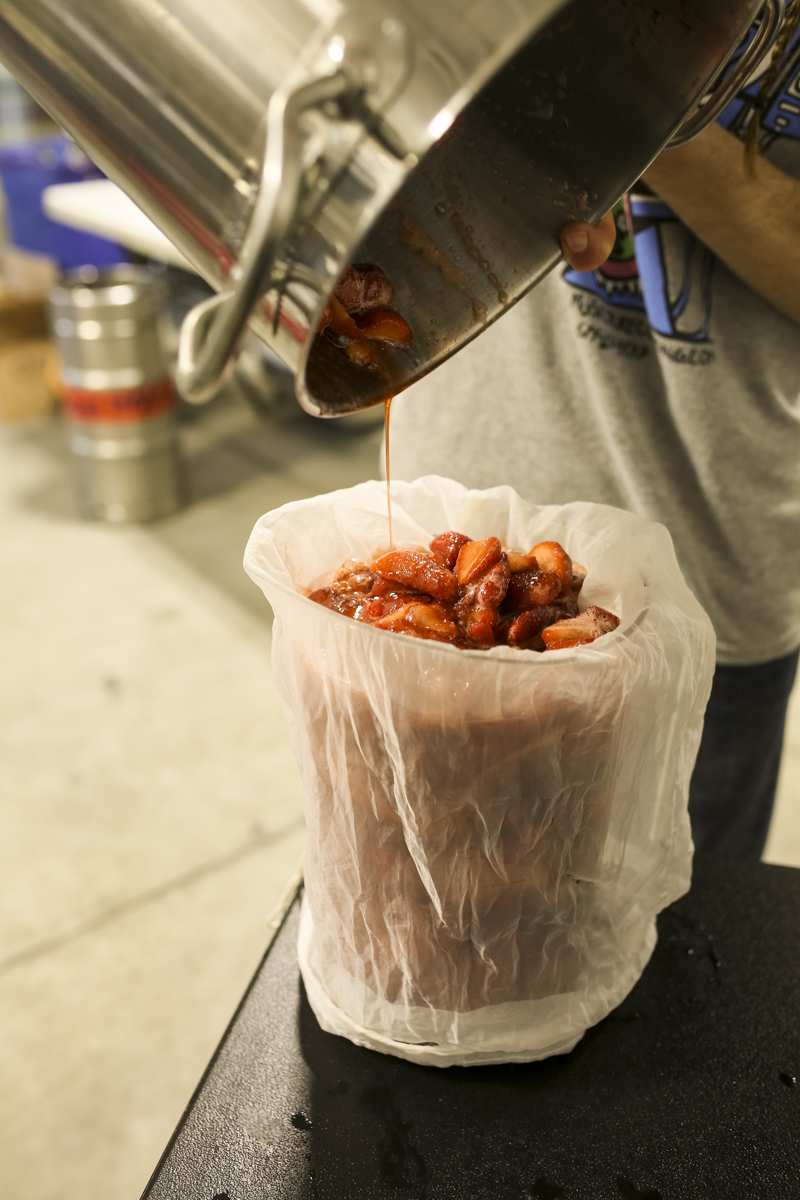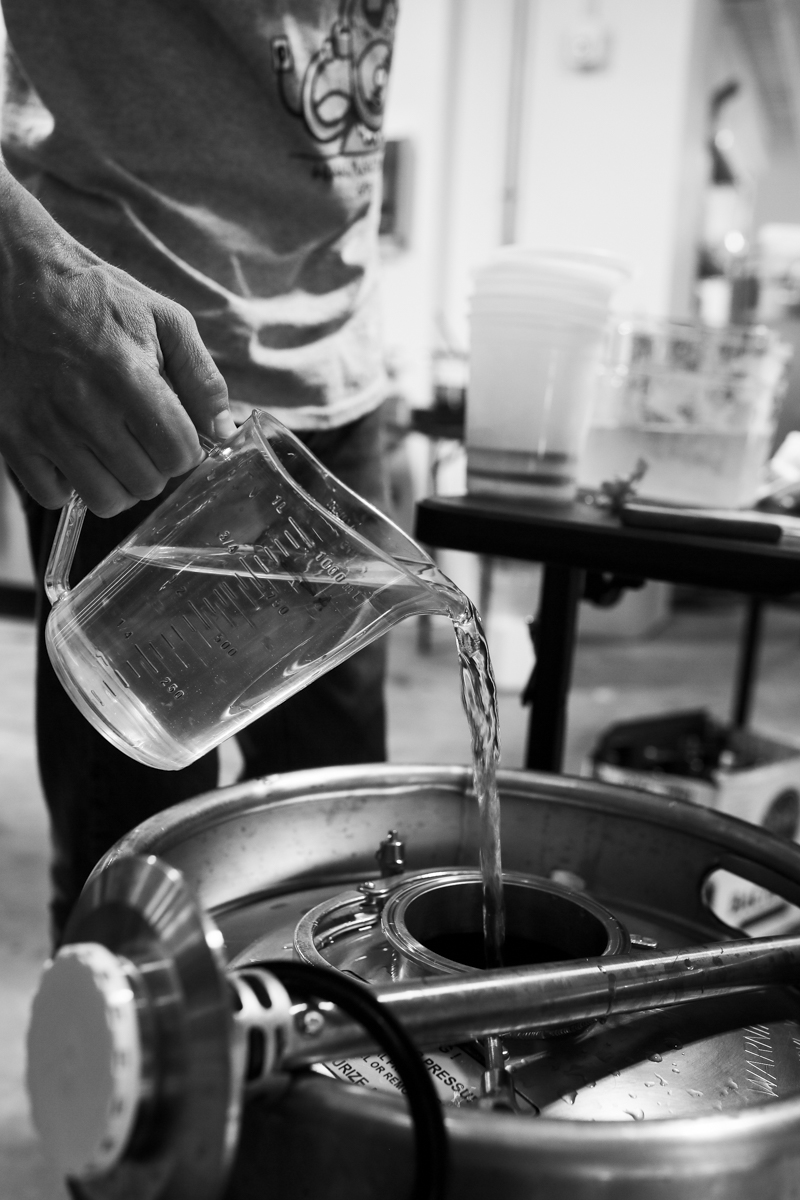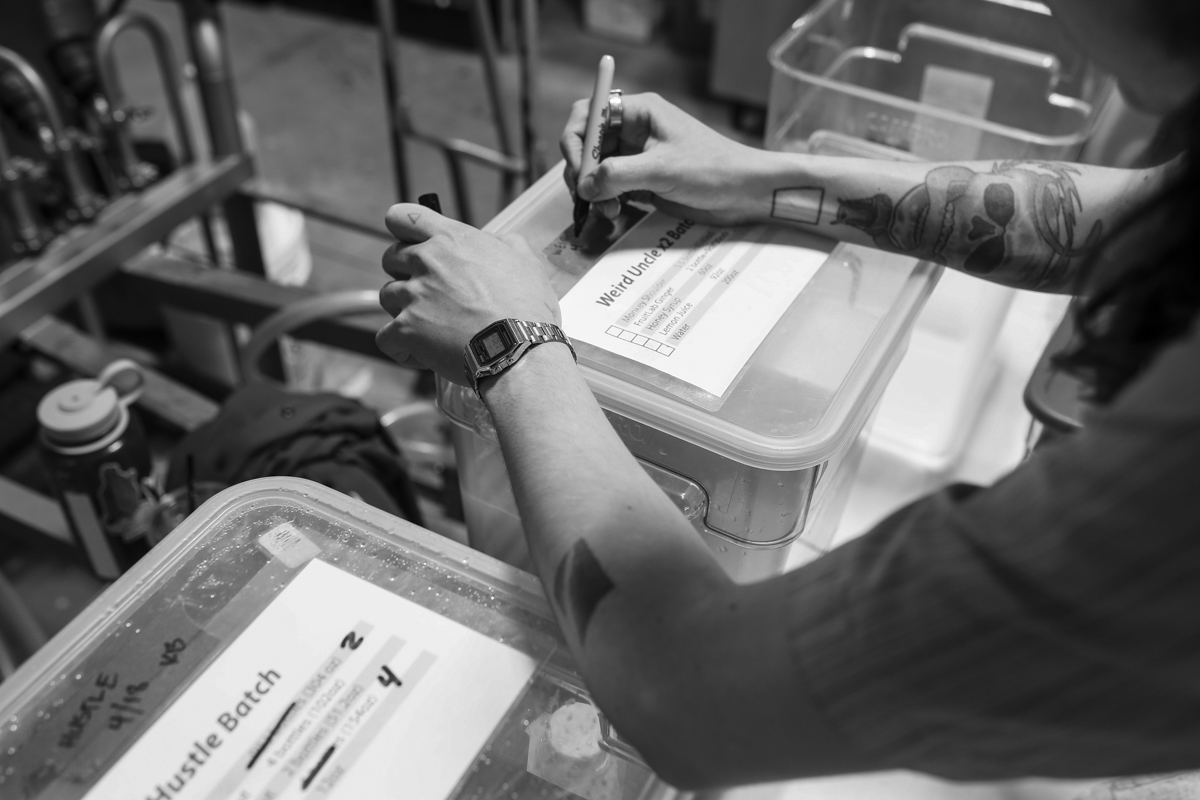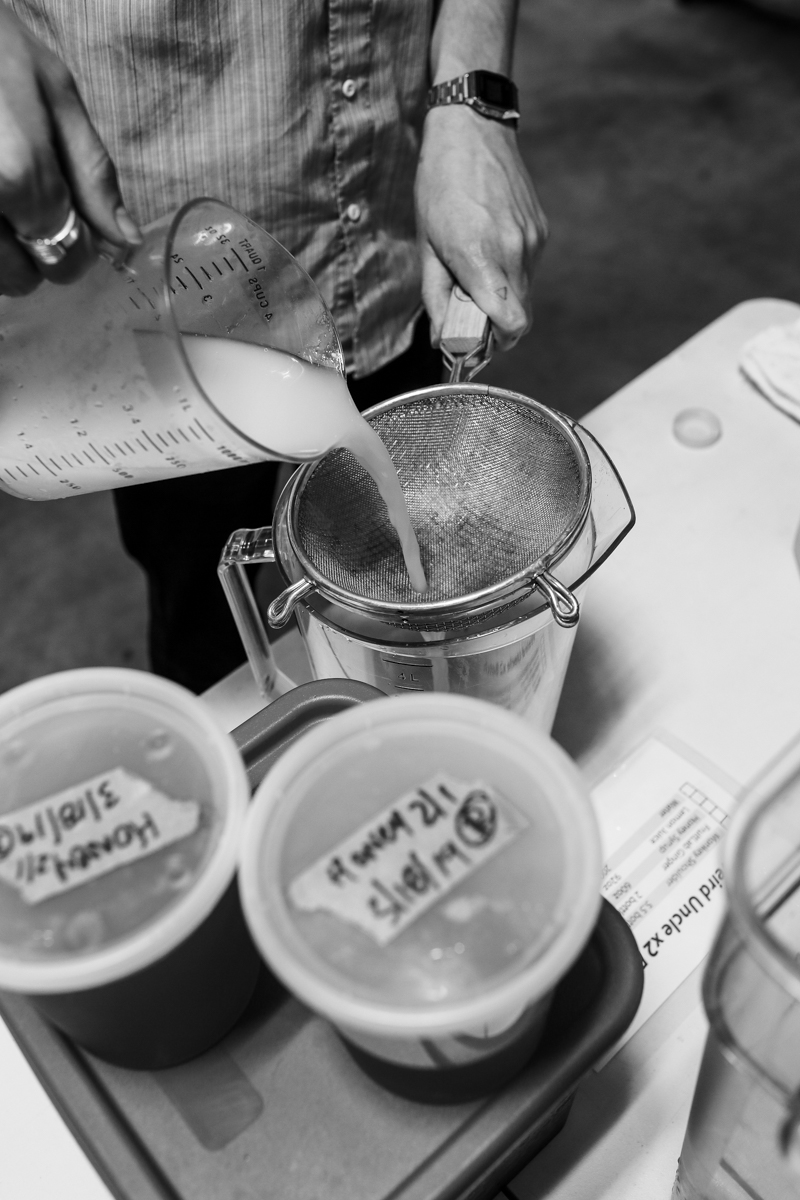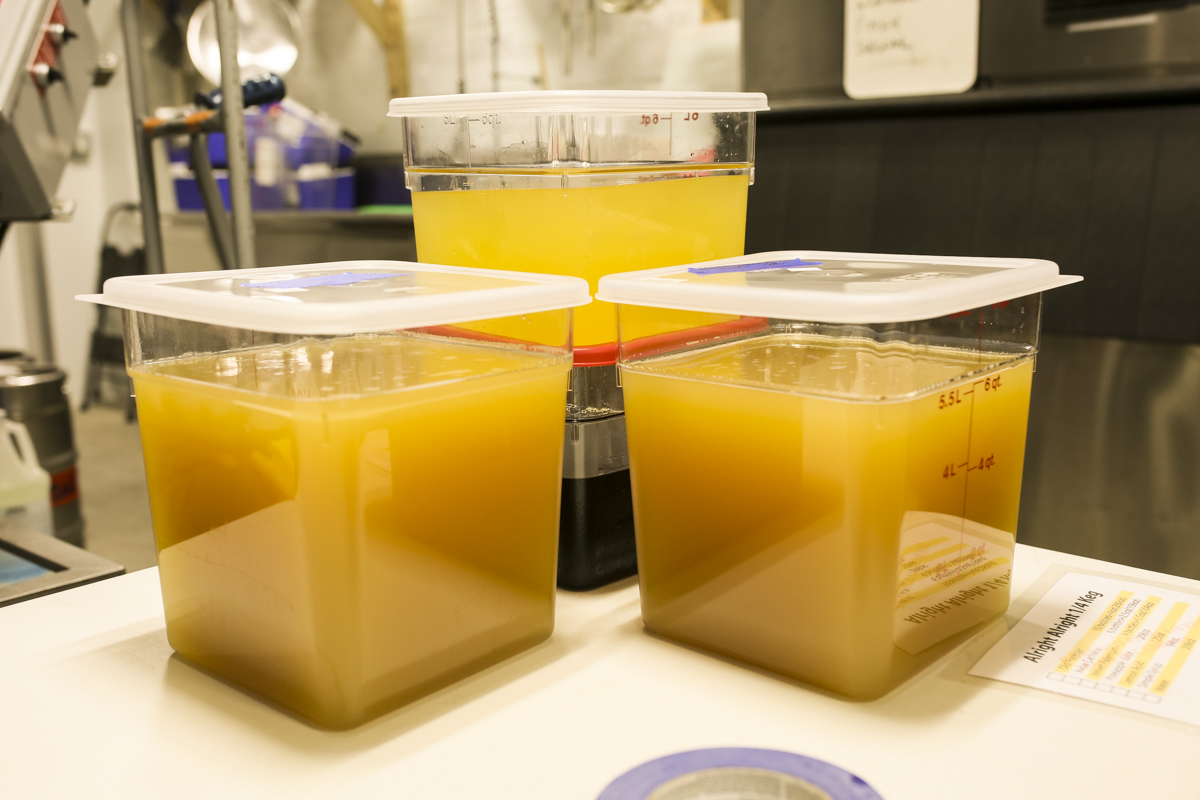DRAFT COCKTAILS
Cocktails on tap are popping up on bar menus across the country, and the appeal is easy to understand. Pouring a cocktail on draft expedites service and ensures consistency from drink to drink and bartender to bartender. And where there are improvements to volume and quality, revenue is sure to follow suit.
HOW DO DRAFT COCKTAILS WORK?
Draft cocktails rely on the same technology as beer and wine. With the pull of a handle, batched and kegged cocktails held in cold storage (or at room temperature, in some cases) are forced by way of gas pressure through food-safe lines to a waiting glass. From there, the bartender need only garnish before presenting the drink to a guest.
BENEFITS OF COCKTAILS ON TAP
Faster Service
Increased Profits
Product Consistency
Product Sampling
The Carbonation Option
INCREASED SALES VOLUME
Draft cocktails eliminate many of the tedious gesticulations that craft cocktails typically require. That means, customers receive their drinks fast, even when the bar is slammed.
CHALLENGES TO CONSIDER
Batching
Dilution
Homogenization
Spoilage
Temperature
BATCHING
Batching a cocktail isn’t always as easy as multiplying the measurements in a single-drink recipe by the number of desired servings. And even if you’re thinking in terms of ingredient ratios, adjustments to proportions are sometimes necessary in large volumes. Moral of the story: it takes a skilled and experienced bartender to make a nuanced and well-balanced big batch cocktail.
HOW TO PUT COCKTAILS ON TAP
Draft cocktails require some special equipment. What you need will depend on whether you are planning to serve still or carbonated cocktails.
Required Equipment
Setup
Dispensing Temperature
Pressure
Gas



